Music Buddy Holly and others First performance 12 October 1989 Composer Paul Jury | Lyrics Buddy Holly and others Playwright Alan Janes | |
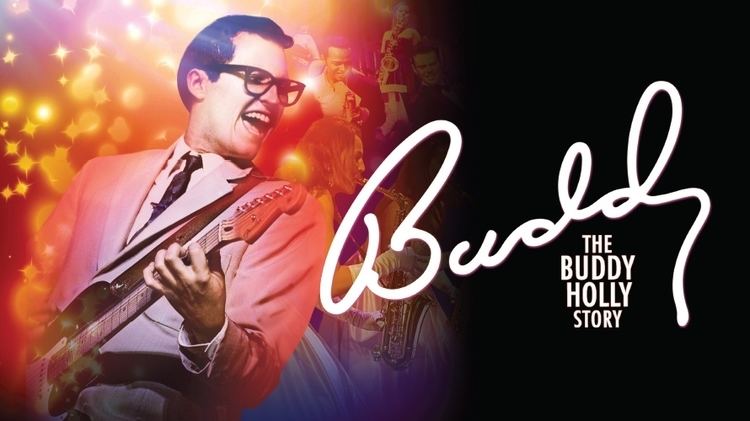 | ||
Productions 1989-2008 West End
1990–1991 Broadway
1991–2016 UK Tours
1991–2016 US National Tours
1991–1994 Australia
1994–2001 Germany
2007-2008 West End Revival
2009–2010 Australia
2009–2010 Germany Similar Thoroughly Modern Millie, Crazy for You, Blood Brothers, Big River, Forever Plaid | ||
Buddy – The Buddy Holly Story a musical in two acts written by Alan Janes, and featuring the music of Buddy Holly, opened at London’s Victoria Palace Theatre on 12th October 1989. Considered to be the first of the so called ‘Jukebox Musicals’, Buddy ran in London’s West End for over 14 years, playing 5822 performances. Janes took over the producing of the show himself in 2004 and Buddy has been on tour in the UK for 17 of the last 24 years, and has played Broadway, 5 U.S. National Tours, Canada, Sweden, South Africa, Japan, New Zealand, Australia, Germany, Holland, Singapore, Finland, Austria, Denmark and countless other productions around the world leading to the show being named as ‘The World’s Most Successful Rock ‘n’ Roll Musical’. Janes was nominated for an Olivier Award for Best Musical, and internationally Buddy has received 29 nominations and awards.
Contents
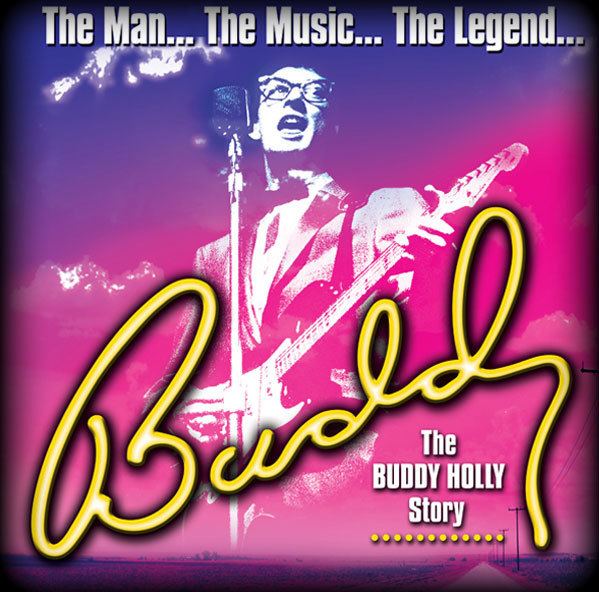
Development
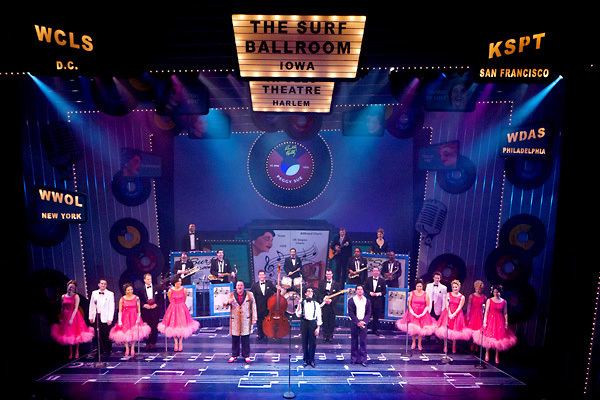
A late-night fan based conversation in a bar of the Montcalm Hotel in London’s West End in 1988, between the theatrical agent Laurie Mansfield, film producer Greg Smith and writer/producer Janes, about the legendary rock ‘n’ roller Buddy Holly, led Janes to develop and write Buddy. A year later, supported by Paul McCartney, who owned the copyright to Buddy Holly’s music, the show had a try out at the Plymouth Theatre Royal before its transfer to London’s Victoria Palace.
Productions
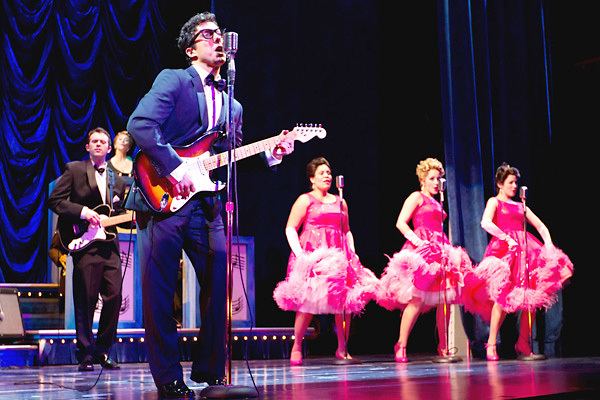
Janes worked with originating director, Rob Bettinson, and originating musical director, Paul Jury, to present the show for a 3 week pre-London engagement in August 1989 at Plymouth’s Theatre Royal with Paul Hipp as Buddy Holly. The first shows were beset by technical problems as 26 actor/musicians played and acted their way through two and a half hours of drama and hi-octane rock ‘n’ roll concert. But regardless of the set crashes and technical mishaps, the audience would not let the cast leave the stage, demanding encore after encore until the cast had run out of songs to play.
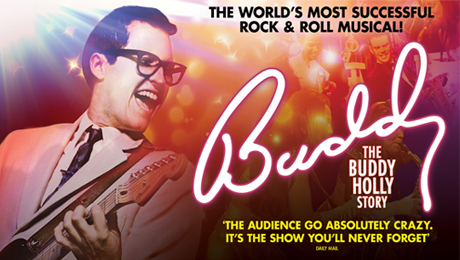
Buddy transferred to the Victoria Palace Theatre and opened on 12th October 1989. With audiences on their feet every night, structural engineers were called to the theatre to make sure the dress circle could take the weight as the structure bounced with the audience as they danced. Buddy transferred to the Novello theatre completing a total of 12 and a half years and 5,140 performances at the two theatres. In 2007 Janes brought the show back to the West End at the Duchess Theatre, where it played for a further 681 performances making it one of the longest-running musicals in London history. This revival ensured that the 50th Anniversary of Holly's death was celebrated on 3 February with a special performance incorporating several new numbers for that one night. The role of Buddy Holly was equally shared by Dean Elliott and Matthew Wycliffe, who played the role in the 2007 UK touring company. Ritchie Valens was played by Puerto Rican actor Miguel Angel, and J.P. Richardson (The Big Bopper) by actor Lee Ormsby. The 50th Anniversary Tour played concurrently across the UK and starred Oliver Seymour-Marsh and Glen Joseph as Buddy, with Chris Redmond and Dan Graham as the Crickets.
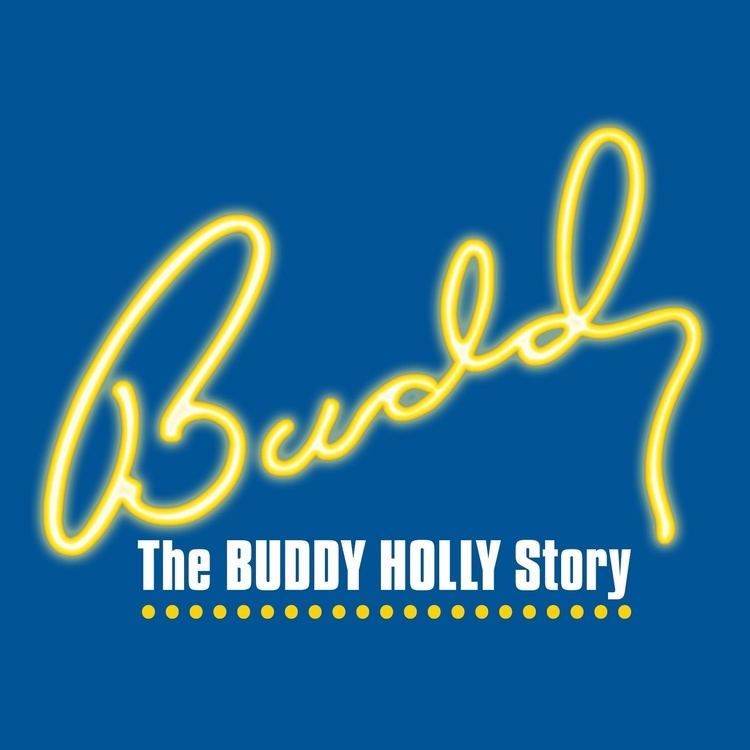
While in the 2nd of its 14 year run in the West End, a second production of Buddy opened in June 1991 at the Plymouth Theatre Royal to embark on a UK wide national tour. Breaking a record of being the first West End production to tour the UK while still on in the West End, a second record was broken with the tours 243 weeks of continuous touring, or 4 years 35 weeks on the road. This included weekly engagements of 12 weeks at Plymouth’s Theatre Royal; 18 weeks at Bournemouth’s Pavilion Theatre; 19 weeks at Blackpool’s Grand Theatre; 15 weeks at Manchester’s Palace Theatre and repeat weeks at the main number one theatres in every major city and town throughout the UK and Ireland. Buddy has now toured the UK for 17 of the past 24 years, with the latest tour starting out from Harlow, Essex in August 2016.
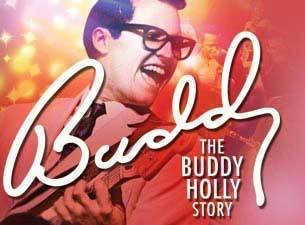
After a Toronto try-out and 15 previews, the Broadway production, also starring Hipp, opened on November 4, 1990, at the Shubert Theatre, where it ran for 225 performances. Jill Hennessy played a number of roles, including Holly's wife Maria Elena. The show has toured extensively throughout the U.S.A starting with a 53 week tour in November 1991, and with the most recent 5th tour finishing in March 2016.
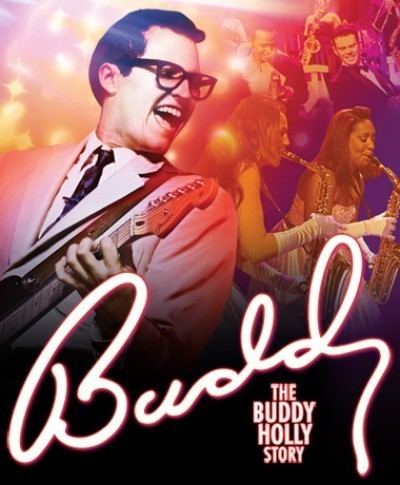
Buddy has been in more than 17 countries, including Australia, Austria, Canada, Denmark, Germany, Finland, Iceland, Ireland, Japan, Netherlands, New Zealand, Singapore, South Africa, South Korea, Sweden, UK and USA. Over 25 million people have seen the show worldwide. Buddy has had 2 major tours in Australia, the 1st tour played Sydney’s Theatre Royal for 36 weeks before continuing throughout Australia for a further 60 weeks. The second Australian tour in 2009 ran for 39 weeks.
In Germany the Stage Theatre in Hamburg was built on land next to the river Elbe specifically for Buddy, where the show played for 7 years between 1994 and 2001. The 2nd major production in Germany was produced by Stage Entertainment in the Colosseum Theater in Essen 2009-2010
Synopsis
The action takes place in Lubbock, Texas; Clovis, New Mexico; New York City and Clear Lake, Iowa; between January 1956 and February 1959.
With the support of local Lubbock Texas radio DJ, Hipockets Duncan, Buddy and his two friends form a Country & Western band - Buddy Holly & the Crickets - and begin to carve out a career in music. After a difficult start at Decca Records in Nashville, they sign a contract with up-and-coming, innovative record producer Norman Petty who is based in Clovis, New Mexico. Within hours, Buddy Holly & the Crickets start to churn out hits from the recording studio built in Norman’s backyard, among them ‘That'll Be The Day’, which will rocket up the charts to number one in a matter of weeks. Buddy Holly & the Crickets are suddenly the hottest act in the country and out on national tour.
Whilst recording in New York, Buddy proposes to Maria Elena Santiago, the Puerto Rican receptionist of his music publisher after a courtship of all of five hours! Newly married and ambitious, he shifts focus to New York and a rift develops between him and the Crickets. After a declaration of home truths during a recording session, the band split and Buddy unexpectedly finds himself having to pursue a solo career.
Buddy joins ‘The Winter Dance Party’ of 1959, a bus tour through the Midwest quenching the teenage thirst for the ‘new music called Rock ‘n’ Roll’. The tour is hard work, the weather conditions appalling and the performers are alternating between sleeping in the luggage racks and dropping into hospital to be treated for frostbite.
The story ends on February 3rd, 1959, after a rocking concert with the ‘Big Bopper’ J.P. Richardson and Ritchie Valens at the Surf Ballroom in Clear Lake, Iowa. Buddy makes the fateful decision to break his promise to his pregnant wife not to fly, as he and the other two headliners board a small plane and take off into the night destined for their next show. During a snow storm, in the dead of night, the plane crashes and spares no survivors; it’s a day that will become immortalised as The Day the Music Died in the Don McLean pop classic "American Pie".
Scenes
Cast list
Songs
1Ready Teddy
2Rock Around With Ollie Vee
3Not Fade Away
